Lahore's Architectural Odyssey: A Heritage Exploration
Embark on an enriching journey through Lahore's architectural wonders, immersing yourself in its rich heritage and stunning buildings on this unforgettable tour.
Time
3 Hours
Stops
9 Places
Distance
2.7 km
Lahore Fort (Shahi Qila)
Begin your journey at the Lahore Fort, a UNESCO World Heritage Site, showcasing a blend of Islamic and Mughal architecture that offers a glimpse into Lahore's royal past.
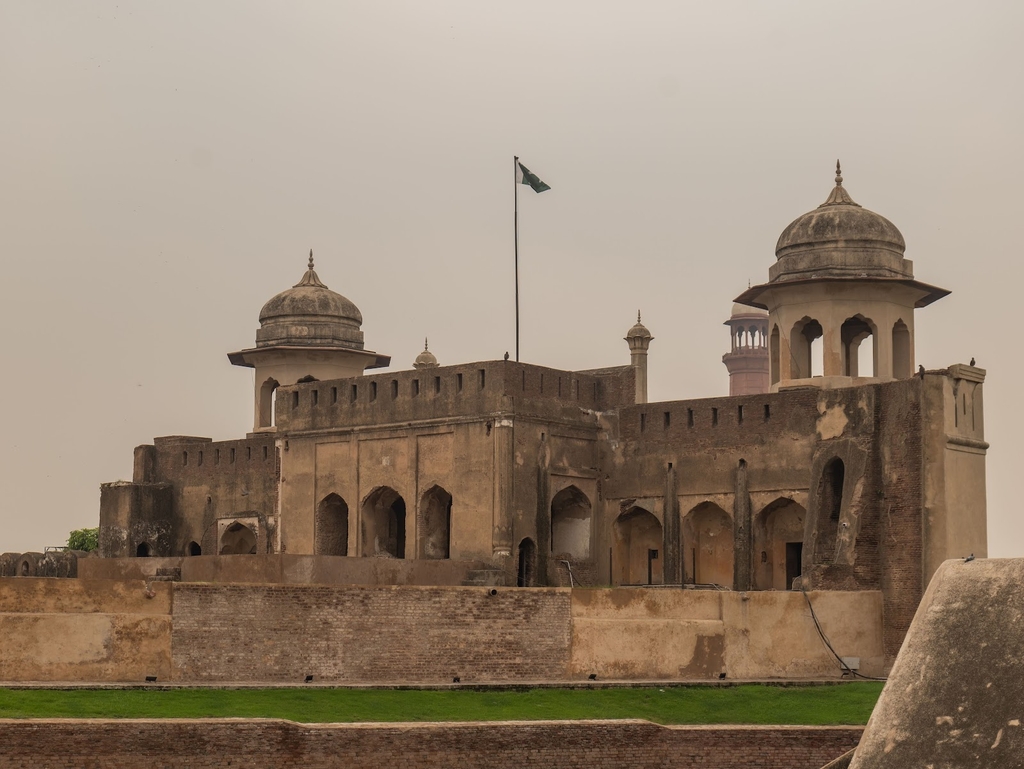
Lahore Fort (Shahi Qila) (Source: Google Maps)
Lahore Fort, a UNESCO World Heritage Site, stands as a monumental testament to the grandeur of Mughal architecture. Constructed in the 16th century under Emperor Akbar, this fort showcases a remarkable blend of Islamic and Mughal architectural styles. Its imposing walls and intricate facades are adorned with beautiful tile work and calligraphy, reflecting the artistic brilliance of the era. The fort served as a royal residence and military stronghold, playing a crucial role in Lahore's history. Visitors can explore various structures within the fort, including the stunning Sheesh Mahal, which features exquisite mirror work. The fort's historical significance is further highlighted by its designation as a UNESCO site, emphasizing its importance in preserving the cultural heritage of Pakistan.
Sheesh Mahal
Known as the 'Palace of Mirrors,' this stunning structure within Lahore Fort is renowned for its intricate mirror work and ornate decoration.
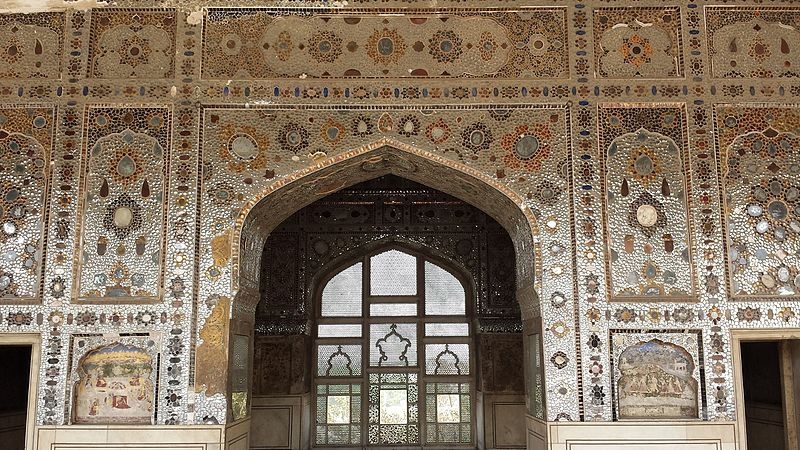
Sheesh Mahal (Source: Google Maps)
The Sheesh Mahal, or 'Palace of Mirrors,' is an exquisite example of Mughal architecture located within the Lahore Fort. Constructed during the reign of Emperor Shah Jahan, this stunning palace is celebrated for its intricate mirror work and ornate decoration. The interior of the Sheesh Mahal is adorned with thousands of tiny mirrors that create a dazzling effect, especially when illuminated by candlelight. This architectural marvel served as a retreat for the Mughal royalty, providing a serene escape amidst the bustling fort. The blending of light and reflection in the Sheesh Mahal symbolizes the Mughal era's appreciation for beauty and opulence. It stands as a testament to the artistic achievements of the time and continues to captivate visitors with its enchanting allure.
Samadhi of Ranjit Singh
This is the final resting place of Maharaja Ranjit Singh, showcasing the Sikh architectural style and offering insight into the region's diverse cultural history.
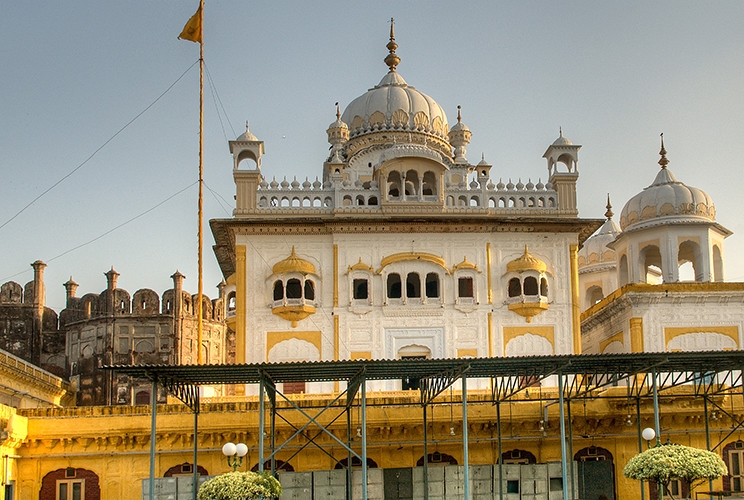
Samadhi of Ranjit Singh (Source: Google Maps)
The Samadhi of Ranjit Singh is the final resting place of Maharaja Ranjit Singh, the founder of the Sikh Empire in the early 19th century. Located near the Lahore Fort, this impressive mausoleum showcases a unique architectural style that blends Sikh and Mughal elements. Constructed in 1848, the structure is adorned with intricate marble inlay work and stands as a symbol of Ranjit Singh's legacy and the rich cultural history of the region. The samadhi features a central dome surrounded by lush gardens, creating a serene atmosphere for reflection. It is a site of great significance for both Sikhs and visitors interested in the diverse history of Lahore. The samadhi not only honors Ranjit Singh's contributions but also represents the harmonious coexistence of various cultures in the region.
Badshahi Mosque
Just a short walk from the fort, this grand mosque is one of the largest in the world, representing the zenith of Mughal architectural prowess.
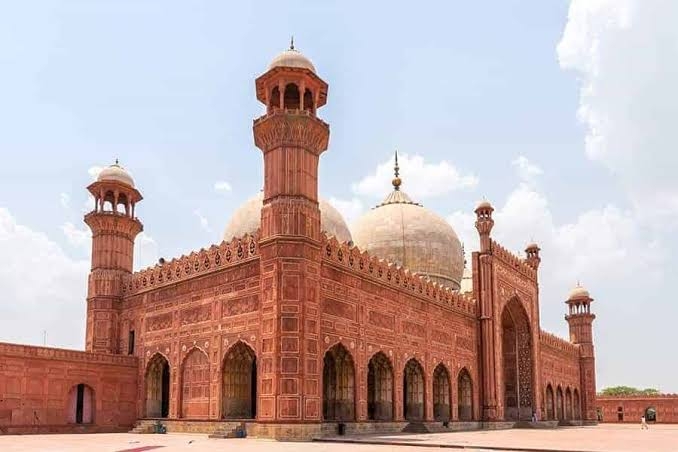
Badshahi Mosque (Source: Google Maps)
The Badshahi Mosque, built in 1673 during the reign of Emperor Aurangzeb, is one of the largest mosques in the world and a prime example of Mughal architectural brilliance. Its grand façade, constructed from red sandstone and adorned with intricate white marble inlay, showcases the opulence of the Mughal era. The mosque features a vast courtyard that can accommodate thousands of worshippers, making it a central place of prayer and community gathering in Lahore. The stunning minarets and domes are iconic symbols of the city's skyline, reflecting the grandeur of Mughal architecture. The Badshahi Mosque stands not only as a spiritual center but also as a historical landmark that attracts visitors from around the globe, offering insights into the rich religious and cultural heritage of Pakistan.
Hazuri Bagh Baradari
A charming marble pavilion in the heart of Hazuri Bagh, built by Maharaja Ranjit Singh, reflecting a fusion of Mughal and Sikh architectural styles.
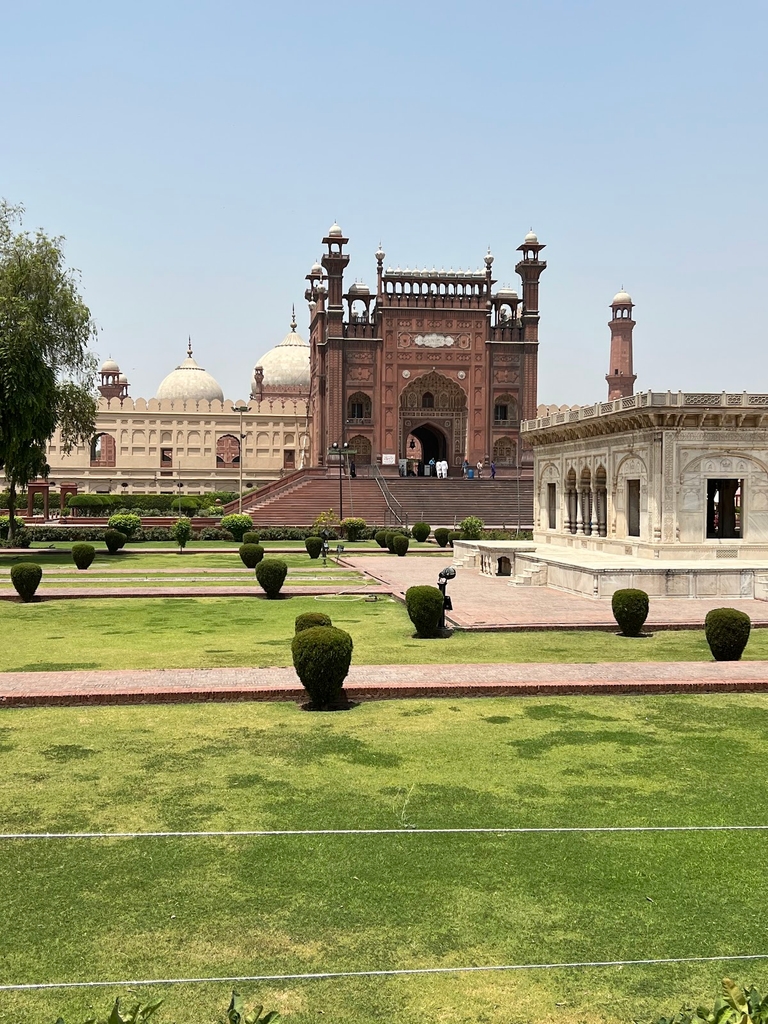
Hazuri Bagh Baradari (Source: Google Maps)
The Hazuri Bagh Baradari is a charming marble pavilion located in the heart of Hazuri Bagh, built by Maharaja Ranjit Singh in the early 19th century. This exquisite structure reflects a harmonious fusion of Mughal and Sikh architectural styles, showcasing the artistic sensibilities of the time. Surrounded by meticulously landscaped gardens, the baradari served as a venue for royal gatherings and cultural events. Its intricate marble screens and detailed carvings exemplify the craftsmanship of the era. The pavilion offers stunning views of the Badshahi Mosque and Lahore Fort, making it a picturesque spot for visitors. The Hazuri Bagh Baradari is not only a symbol of Ranjit Singh's legacy but also a testament to the rich cultural tapestry of Lahore, where different architectural influences converge.
Roshnai Gate
This historical gate, one of the thirteen gates of the Walled City of Lahore, served as a ceremonial entrance for royalty and dignitaries.
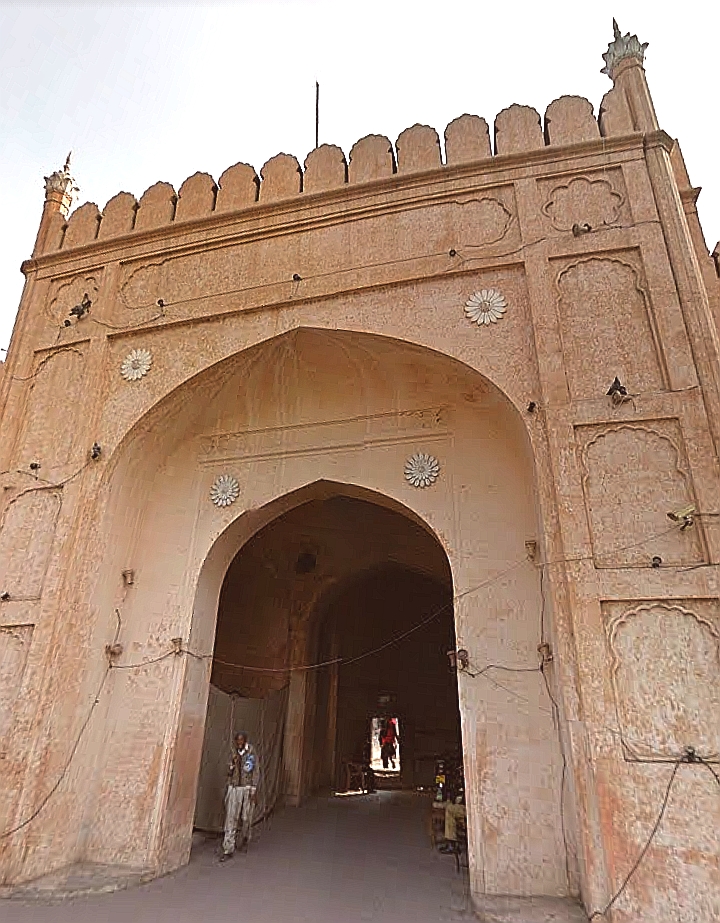
Roshnai Gate (Source: Google Maps)
The Roshnai Gate is one of the thirteen gates of the Walled City of Lahore, serving as a historical entry point that once welcomed royalty and dignitaries. Built during the Mughal era, this gate is an architectural marvel that showcases the grandeur of the time. Its intricate carvings and decorative elements reflect the artistic flair characteristic of Mughal architecture. The gate played a significant role in the city's history, serving as a ceremonial entrance for important events and celebrations. Today, the Roshnai Gate stands as a reminder of Lahore's rich heritage, drawing visitors who wish to explore the vibrant history of the Walled City. Its historical significance and architectural beauty make it a must-visit landmark for those interested in the cultural legacy of Lahore.
Wazir Khan Mosque
A short walk away, this mosque is celebrated for its elaborate tile work and vibrant frescoes, epitomizing Mughal-era artistry.
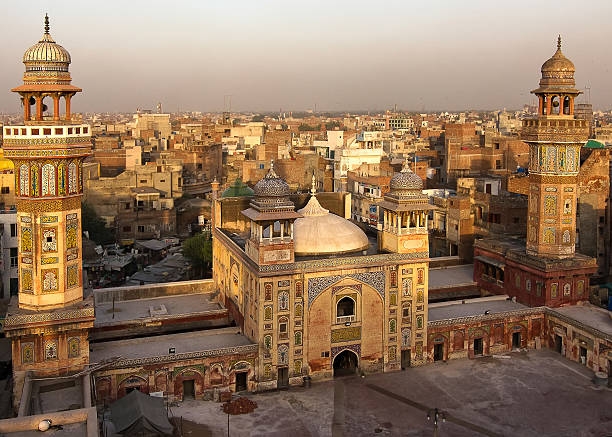
Wazir Khan Mosque (Source: Google Maps)
The Wazir Khan Mosque, built in the 17th century, is renowned for its stunning tile work and vibrant frescoes, epitomizing the artistry of the Mughal era. Located in the heart of Lahore, this mosque was commissioned by the governor of Lahore, Nawab Wazir Khan, and has since become a symbol of the city's cultural heritage. The mosque features intricate mosaics, elaborate calligraphy, and beautifully painted ceilings that captivate visitors with their color and detail. The courtyard of the mosque is spacious, serving as a gathering place for worshippers and a serene environment for reflection. The Wazir Khan Mosque is not only a place of worship but also a significant historical site that showcases the artistic achievements of the Mughal dynasty, making it a must-see landmark for anyone exploring Lahore's rich architectural landscape.
Shahi Hammam
Explore this meticulously restored Mughal-era bathhouse, offering a fascinating look into the social and cultural practices of the time.
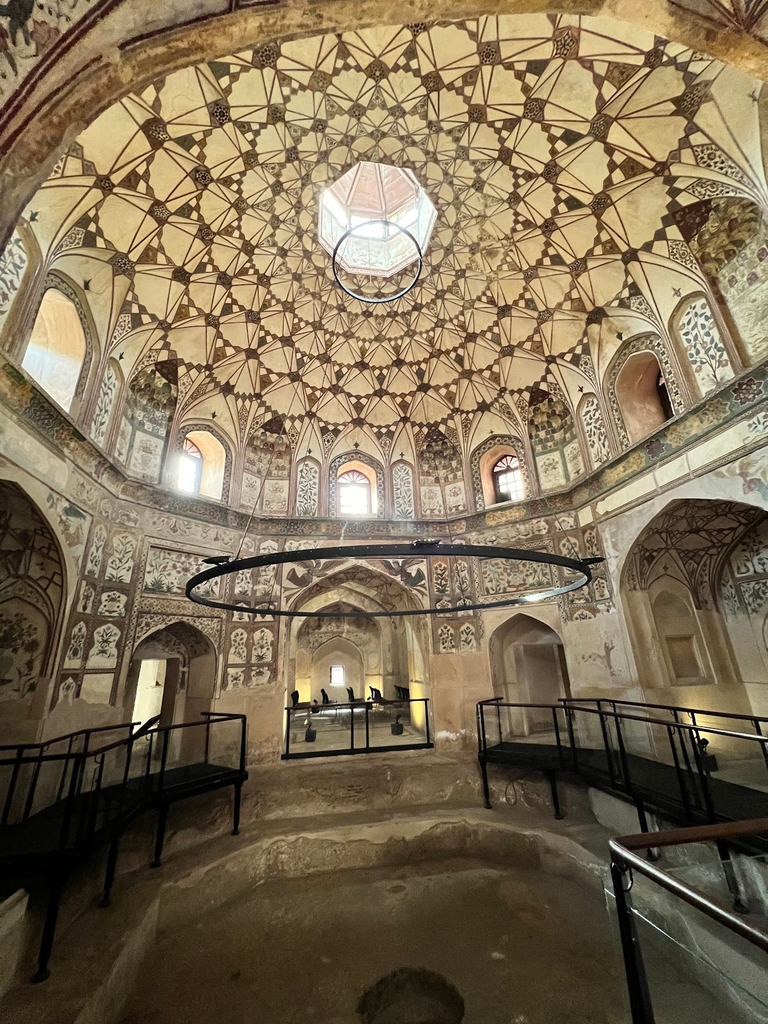
Shahi Hammam (Source: Google Maps)
The Shahi Hammam, or Royal Bathhouse, is a meticulously restored Mughal-era site that offers a fascinating glimpse into the social and cultural practices of the time. Built in the 17th century, this bathhouse was an essential part of Mughal life, serving as a place for relaxation and socialization. The Shahi Hammam features intricate tile work, marble inlays, and a series of beautifully designed bathing chambers, reflecting the opulence of the Mughal lifestyle. Visitors can explore the various sections of the hammam, including the hot and cold baths, and learn about the rituals associated with bathing in Mughal society. The restoration of the Shahi Hammam has preserved its historical significance, making it an important cultural site that highlights the architectural and social history of Lahore.
Delhi Gate
Conclude your tour at this iconic gate, a significant historical entry point into the Walled City, symbolizing Lahore's rich heritage and cultural confluence.
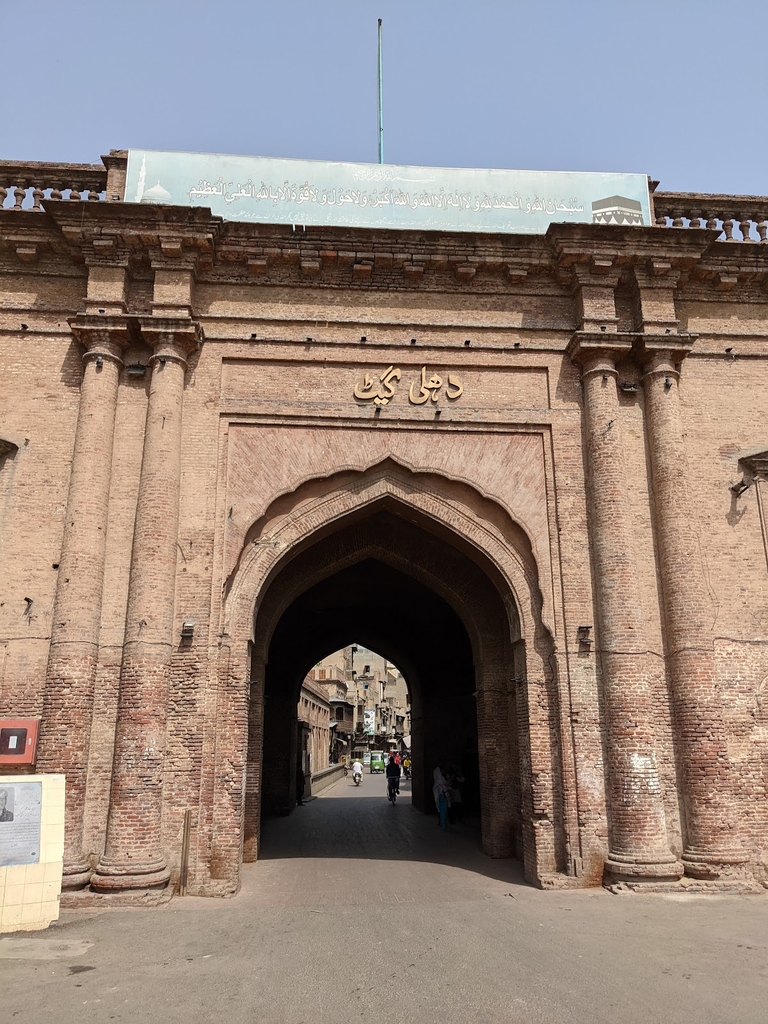
Delhi Gate (Source: Google Maps)
The Delhi Gate is one of the most iconic entry points into the Walled City of Lahore, steeped in history and architectural grandeur. Constructed in the 16th century during the Mughal era, this gate served as a crucial passage for travelers and traders entering the city. Its impressive structure features intricate carvings and defensive features that reflect the military significance of the time. The Delhi Gate is not only an architectural landmark but also a cultural symbol, representing the vibrant life and commerce that once thrived within the Walled City. Today, the gate stands as a testament to Lahore's rich heritage, attracting visitors who wish to explore the historical heart of the city. Its significance is further enhanced by the bustling markets and lively atmosphere that surround it, making it a focal point for those interested in Lahore's cultural narrative.

Your travels, your rules.
Create your own Free Walking Tours.
Set your preferences, distances and anything you want to do or see.
Completely free, no payment required.